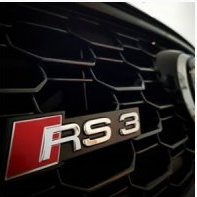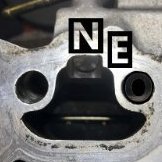Borg Warner EFR Series Turbo's V 2.0
Announcements
-
Similar Content
-
Latest Posts
-
By Neostead2000 · Posted
I had no transmission at all so I managed to find a big box manual gearbox from an R34 GTT for an insanely good price in EU. I converted it to push type which cost more than the transmission almost, with parts from Amayama! These engines are very strong and can put out decent power with a properly sized turbo. You can save on money from parts like pistons and rods, and invest those in the transmission and other parts. I suggest you join the RB20 Enthusiasts facebook group, plenty of info and almost daily posts there about 20DE/DET/Neo+T builds. (I hope I'm not breaking any forum rules by mentioning third party platforms, just trying to help the buddy out) -
Yeah, having tried all of those methods including BBQ+recipro/hacksaw, I ended up buying a bush press kit under $150 that works well, like this: https://www.ebay.com.au/itm/355967727167?mkcid=16&mkevt=1&mkrid=705-154756-20017-0&ssspo=sfmmuhxgqhm&sssrc=2047675&ssuid=dJvnaZ11TB-&widget_ver=artemis&media=COPY It basically has a range of pushers and cups with threaded rods between to press out a range of large bushes. The problem with any sawing solution is minimising damage to the subframe side, although it probably needs a quick sand afterwards no matter what solution you try due to damage
-
Hi. Thanks for the answer. I do not have instagram 😄 I too considering turbo the RB20DE NEO 🙂 But i think i upgrade the gearbox first or at least buy new.
-
Just pulled the passenger apart so got a good idea, also the side bracket that pivots the top half is completely cooked.. how I don’t know.. haha and paid $400 also included a photo of the passenger seat! She is mint






Recommended Posts
Create an account or sign in to comment
You need to be a member in order to leave a comment
Create an account
Sign up for a new account in our community. It's easy!
Register a new accountSign in
Already have an account? Sign in here.
Sign In Now